Contents
Quince Chinese today is quite popular among gardeners. The reason for this phenomenon lies not only in the wide range of uses of the fruits of the culture, but also in their beneficial properties. In addition, growing quince is not a problem for both experienced gardeners and beginners.
Description
Quince is the only plant in the genus. Most often, the culture has the appearance of a tree, the leaves of which fall in autumn. Much less often, the culture is a shrub from one and a half to five meters tall. Usually branches growing upwards are formed at an angle. Quince bark is usually rough to the touch, it comes in different colors – from brown to brown or even black. Young branches are usually grayish, and the stems are gray with a green tint.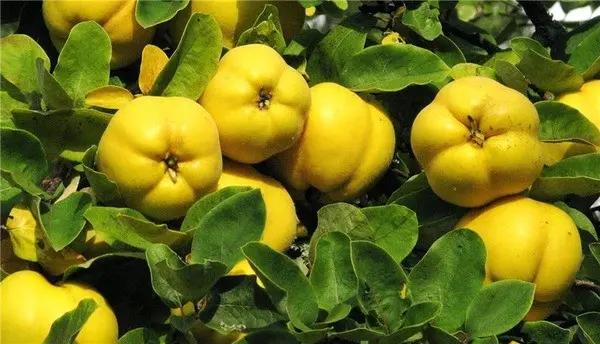
The leaves of the plant are usually oval in shape, occasionally they resemble an egg. These organs are placed alternately, at the base they form a wedge or “heart”. The color of the leaves is rich green. The flowers are regular in shape and white or pink in color. Their diameter does not exceed 0,05 meters.
The fruits of the culture outwardly resemble an apple, a specific feature of which is hairiness. Sometimes the shape is spherical or pear-shaped. The fruit contains many brown seeds. It can reach up to two kilograms. A false apple grown in the wild weighs about 0,1 kilograms. The flesh is tough, tart and slightly sweet.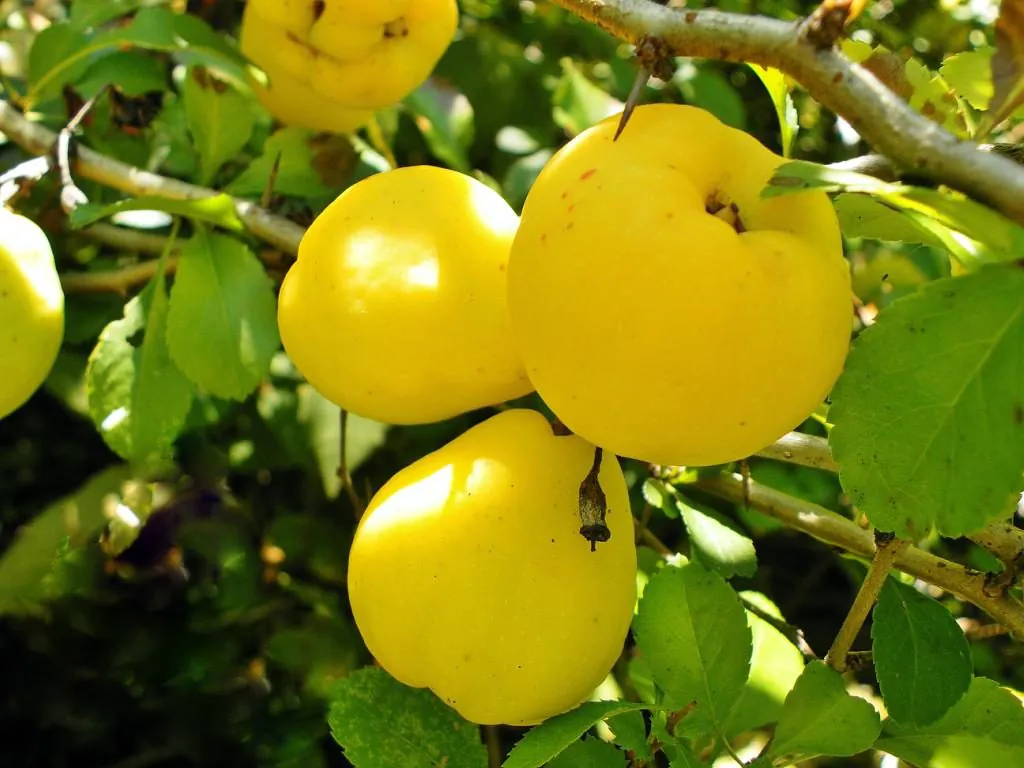
The flowering period falls on May-June, and you can already harvest, most often, from the beginning of autumn. The most prolific culture grows on heavy loamy soils. However, individuals growing in sandy loams begin to bear fruit earlier.
Quince is good for gardeners because it can multiply and, accordingly, spread in different ways: by seeds, cuttings, root processes.
The natural habitat of the fruit covers the territory from Central Asia to the southern countries of Europe. Shrubs are also actively grown in America, Australia and Oceania.
Video “Useful properties of quince”
From the video you will learn a lot of interesting things about this fruit tree.
Cultivation
The shrub propagates, as mentioned above, by seeds or vegetatively: by cuttings, root processes, sometimes by grafting.
The shrub is undemanding to environmental conditions and unpretentious in care. It gives a good harvest, and the fruits of the plant are famous for their beneficial properties. The technology for growing quince is not particularly different from the technology for growing pears or apples. The culture grows well in areas with enough light and heat, it survives drought normally, but loves a lot of moisture. It is possible to grow fruit effectively in soddy soil.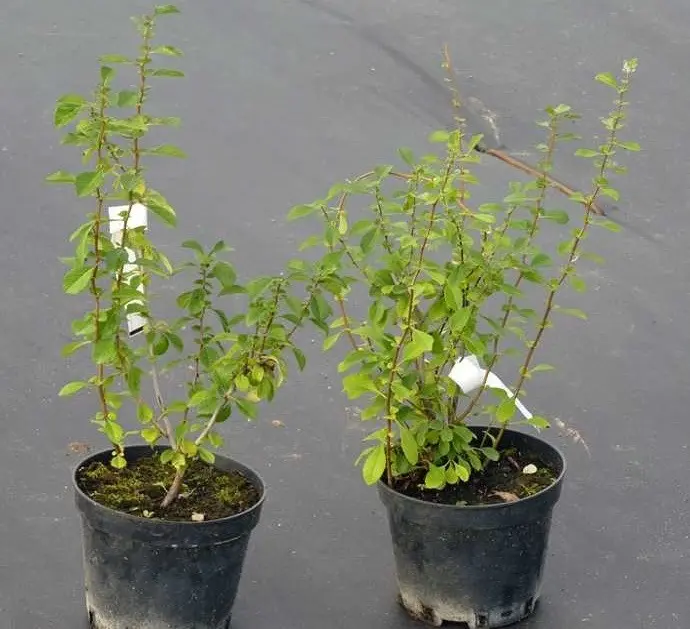
As for the timing of planting, it is best to carry it out in mid-October or mid-April. For this purpose, seedlings with well-formed and developed roots and crowns are selected. Usually they are deepened by half a meter. At the same time, the pits for planting should have a diameter of at least a meter. Before planting, it is worth filling the “holes” with humus or compost. Since quince itself is barren, 2-3 trees should be planted near it. In fertile individuals, it is worth cutting off powerful annual branches. For the purpose of thinning, dry, damaged organs or those that contribute to thickening are usually removed.
Reproduction
A shrub can reproduce in a variety of ways, each with its own strengths and weaknesses.
Speaking about propagation by seeds, it is worth noting that this method is the most famous, reliable and simple. During the processing of ripe fruits, their core with large brown seeds is usually cut out. So there is no need to throw it away. After all, these seeds are an excellent seed. It is better to sow them in the fall so that they “overwinter” in the soil. Seeds give excellent germination, even in non-ideal soil. If it is not possible to plant seeds before winter, you need to lay them for stratification. It is enough to place them in moistened sand at a temperature of 3 ° – 5 °. After the appearance of the first rudiments of sprouts, the seeds should be transplanted into open ground. Sprouts at the age of 2 years form a powerful root, therefore, with inaccurate planting, there is a risk of damage to this organ. This phenomenon can lead to the death of individuals. To avoid such a development of events, it makes sense to transplant young plants to a permanent place as early as possible.
Propagation of quince in a vegetative way will require more economic costs than seed. However, a significant advantage of cuttings or grafting is the preservation of the quality of the plant itself.
Green cuttings should be harvested in early summer at moderate air temperatures and on a rainless day. Cut them in the morning, as early as possible. The cuttings have two internodes. Individuals that were cut with a part of last year’s wood (up to a centimeter long) take root well. It is necessary to use substances that stimulate the growth and development of culture (for example, Kornevin), as they increase the likelihood of survival by 20%. The cuttings are planted at an angle in a soil mixture consisting of sand and peat (in the proportion of 3 parts of sand to one part of peat) according to a 0,05 meter scheme. If the ambient temperature is 20 ° -25 °, the formation of powerful roots occurs after 40 days.
Quince is a shrub prone to the formation of a large number of root shoots. That is why they are often used for plant propagation. Thanks to such processes, the plant begins to grow in width and occupy a large area. A lot of shoots help quince to securely “fix” in the soil and even strengthen the slopes. The underground part of the fruit is so branched that it will not be easy to remove the plant from the site, even with all the desire.
Digging up the root and its processes, select shoots 0,1 – 0,15 meters long and half a centimeter thick. From one bush you can get up to 5 shoots. It is better to plant them vertically and systematically water them. The earth must be constantly wet, as the plant loves water. After the bush, it is necessary to mulch with humus, shavings and wood chips.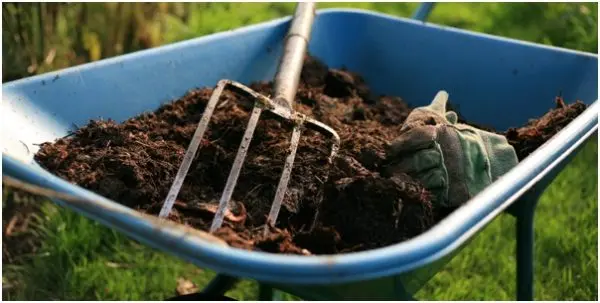
The disadvantage of this method of propagation is the underdeveloped root system of some shoots, so some seedlings need to be grown. Such individuals even form smaller fruits than those of their relatives.
Collection and Procurement
Chinese quince fruits are harvested as they ripen. The characteristics of the plant predetermine the possibility of their long-term storage. Fresh false apples can be stored for about 5 months. However, in this form they are practically not used. Quince is usually boiled or baked. Often, the fruits are used to make marmalade, jam, candied fruits, compotes. The essential oil that is present in the fruits gives them a special taste. That is why the culture is often used as a side dish for meat. Canned quince is used in the cuisines of some countries.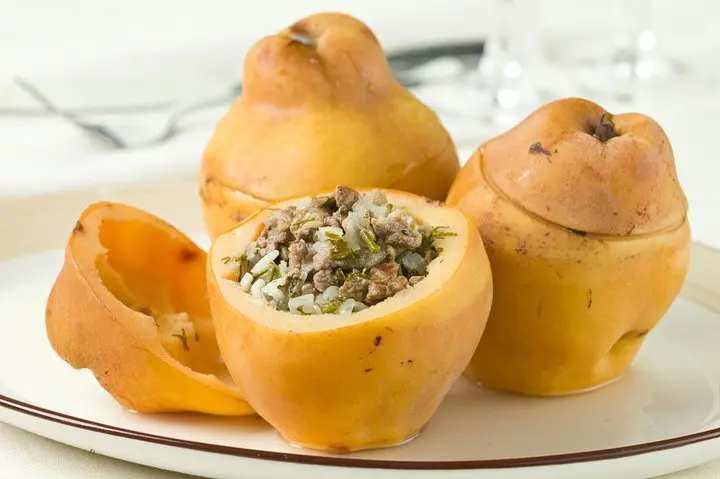
The fruits are also available to dry and dry. For this, it is better to use fruits without seeds and peel. They are cut into pieces, covered with sugar and remain in this form for some time. Further, the fruits are boiled in syrup and dried in the oven.
So, quince is a healthy fruit that is widely used in food in various forms.
Video “Growing and care”
From the video you will learn how to grow and care for this fruit tree.










